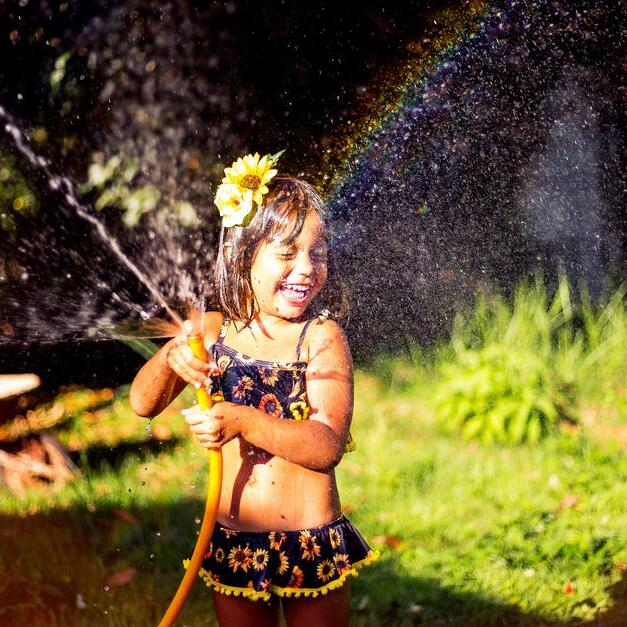
There are few things we take for granted so much as our humble garden hoses.
As you water your lawn and flowers, you may be interested to know a few facts—like where your hose came from, what it could be costing you, and why some of your favorite water-based activities may be hazardous to your health!
Here’s what you need to know about garden hoses:
Garden hoses are rooted in the history of fire hoses, which date all the way back to 400 B.C.! Back then, the ancient Greeks made them out of stretchy ox intestines and bladders, using them to help fight fires.
It wasn’t until the 1600s that the flexible hose as we know it, made of stitched leather, was created by Dutch artist and inventor Jan van der Heyden. This version needed heavy maintenance in addition to regular oiling to keep it from cracking and ripping with use.
Waterproof rubber hoses first appeared in the 1800s as industrialists worked to keep up with the demand for better and better fire hoses. Their efforts eventually gave us the flexible and easy-to-maintain options we use when watering flowers today!
It may seem like a little drip couldn’t possibly waste much water, but a leaky hose can add up over time.
The EPA estimates that homeowners waste about 1 trillion gallons of water each year, and 10 percent of homes have leaks wasting 90 gallons or more each day. But even if you calculate only a slow drip of only 180 gallons per month from a single hose bib, that’s a loss of 2,160 gallons per year!
Make sure your hose bib is nice and tight to save that water (and your wallet).
Whether or not it’s safe to drink the tap water in your area, you should never drink directly from a watering hose or sprinkler system.
Most garden hoses are manufactured with toxic ingredients like lead, BPA, and phthalates. Even if yours has been labeled “non-toxic” or “safe for drinking,” any hose kept outside can play host to many types of bacteria, mold, and even insects and pests.
When you’re playing on hot summer days, make sure your kids know to head inside to quench their thirst. Make sure to get some tap water from the sink for your furry friends as well!
Knowing these weird and interesting facts can make you look at garden hoses in a whole new light! As you water your garden or use your sprinklers, you might just appreciate your flexible rubber hose—and your leak-free faucets.
We’re committed to providing the best in lawn care, and that includes the fun and helpful facts you need to make the most of your yard. Check out our other blogs for more insights, or find the products you need to keep your yard healthy!